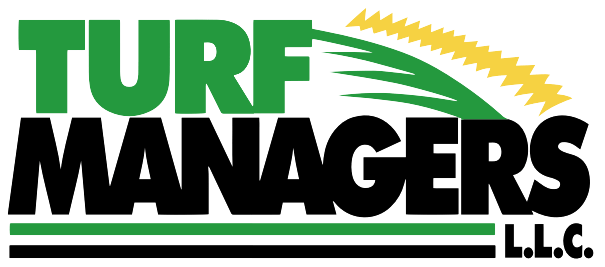Recycling leaves is one of the best things you can do to clean up your yard and the environment. Learn the best ways to recycle leaves to improve the health of your soil, lawn, garden and more.
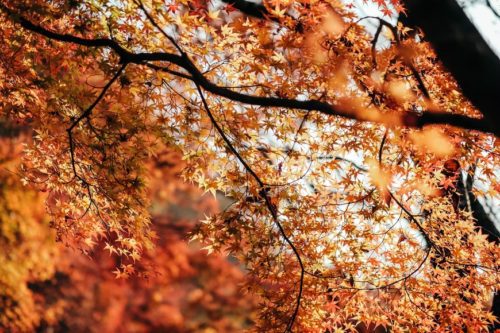
Raking up and recycling leaves is a tough chore, but one that must be done. With the end of summer and the coming of fall, the leaves on all the trees turn beautiful colors and eventually fall off. While this colorful and vibrant process is spectacular to look at, the problem of what to do with all those fallen leaves presents itself.
Taking care of all the leaves that fall into your yard every year is something all homeowners have to deal with. One of the best ways to clear those leaves from your lawn and yard is to recycle them.
At Turf Managers, we know that recycling leaves has a variety of benefits for you, your property and the environment, and that’s why we recycle all the leaves at our clients’ residences. Here are the benefits of recycling leaves and some of the processes to recycle them.
Recycling Leaves Reduces Landfill Waste
One of the most excellent benefits of leaf removal recycling is that it helps reduce landfill waste. According to the Environmental Protection Agency, landfills are a significant contributor to methane and carbon dioxide levels and are the third largest source of human-related emissions in the US. Anytime you have an opportunity to reduce your carbon footprint, you should take advantage. Recycling leaves from your yard is a great way to help the environment and conserve landfill space.
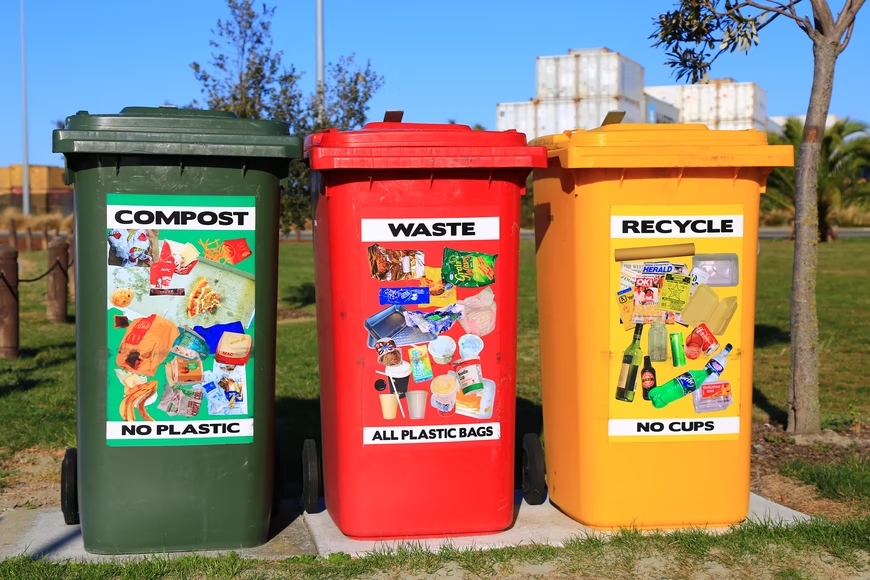
Many places have yard trimming bins with a weekly pick-up. If so, be sure to use them. However, in areas without yard waste bin pick-up, options are fewer. Many landfills do not permit yard waste. If this is your case, you’ll have to bear the responsibility of recycling your leaves yourself or using a professional service like Turf Managers to recycle your leaves effectively.
Recycling Leaves Improves Quality of the Soil
In one acre of temperate forest, it is estimated that over 2 tons of leaves are deposited on the forest floor each autumn — it’s nature’s way of fertilizing itself.
Recycling leaves encourages the improvement of the quality of your soil through natural processes — beneficial organisms break down the plant material and return the nutrients to the soil. The trees then take up those nutrients to feed the new leaves in the spring, completing the cycle.
Leaf recycling also enhances the soil’s water-holding capacity and reduces the chances of plant diseases. In addition, it encourages the growth of good bacteria and fungi in the soil, creating “humus” — a nitrogen-rich material found in healthy soil — which helps plants, trees and grass grow back the following spring.
Recycling Leaves Reduces the Use of Chemical Fertilizers
Recycling your leaves means the production of good bacteria and fungi in the soil. As mentioned, these natural bacteria and fungi break down the plant residues in the leaves and create humus, a naturally occurring fertilizer.
Chemical fertilizers contain phosphorus, potassium and nitrogen, and the continuous use of chemical fertilizers degrades healthy soil over time. Using a nitrogen-rich natural fertilizer will keep your soil fresh and healthy much longer. In the end, having a natural fertilizer from the breaking down of your leaves will save time, money and the environment.
Recycling Leaves Creates a Garden Ecosystem
Not only is recycling your leaves good for the environment and good for the soil, but it also creates a thriving ecosystem for the creatures around the area. Facilitating a garden ecosystem is a great way to help the environment and have a beautiful wildlife garden in your backyard.
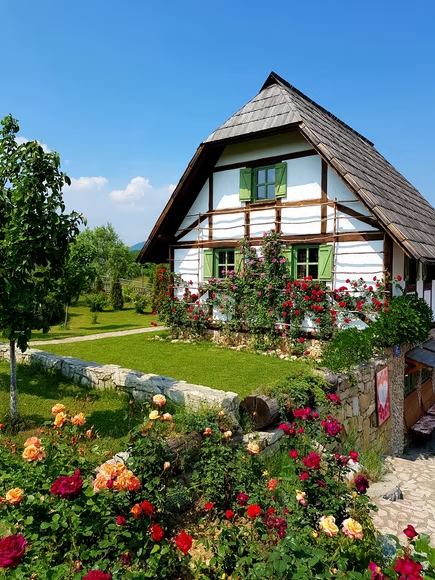
In addition to all the good bacteria and fungi we talked about, squirrels, birds, insects, toads and other small animals can use the leaf litter as a habitat or a place to forage for food. The leaves provide food for smaller insects and animals, which become food for the larger animals such as birds, making your backyard a complete ecosystem on its own.
Common Ways To Recycle Leaves
As you can see, there are many benefits to recycling the leaves in your yard. But how do you do it, and what are the best practices? Here are some of the most common ways to recycle your leaves:
- Mowing: If your leaf layer is less than one inch thick, consider mowing over them without a bag. Let the leaves dry out, and then the mower will chop them up and spread them evenly across the grass. The tiny particles will decompose quickly without suffocating your grass’s roots and add their organic matter to the soil. If the leaf layer is greater than one inch, consider using one of the methods below.
- Mulching Onto the Grass: Mulching is the process of adding a loose layer of plant material to existing soil or grass. You can mulch your leaves by raking them into the middle of your lawn and repeatedly going over the pile with the lawnmower. You can also attach a bag to your lawnmower, go over the leaves until they are all picked up, and then spread them over your lawn from the bag. These techniques will keep your soil cooler during the summer, protecting it from moisture loss. In the winter, mulching acts as an insulator to protect the soil from fluctuations in temperature.
- Shredding Them Into Your Garden: Once you have mulched your leaves using your lawnmower with the bag attached, you can spread them into your garden or flower beds. This process will improve the beds’ drainage and, of course, improve their nutrients.
- Composting: Leaf litter makes super-rich compost material. For fast results, first shred your leaves before composting, then make sure you turn the pile often.
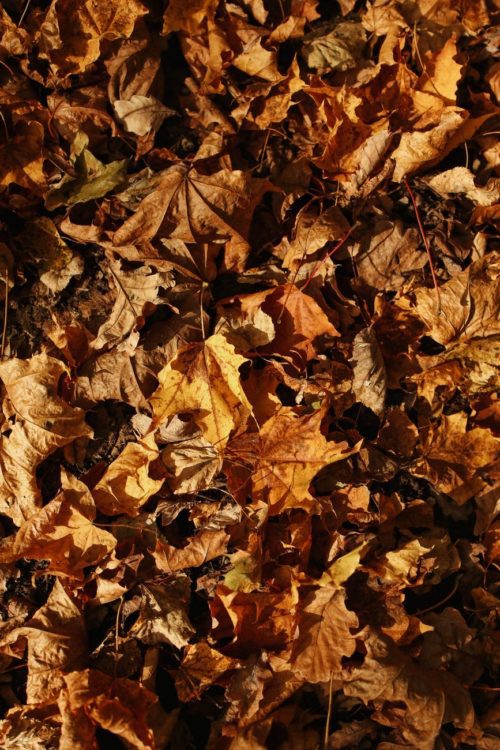
The Bottom Line on Recycling Leaves
Recycling leaves is great for the environment, your yard’s ecosystem and your wallet. The recycling process is how Mother Nature replenishes herself, but it’s up to us to help her out where we can. One of the ways you can help is by recycling the leaf material in your yard. Recycling your leaves should be part of your lawn and yard maintenance routine, no matter which way you choose.
However, these methods of recycling leaves can be a bit time consuming and labor intensive. Unfortunately, as a homeowner, it’s part of the job. Finding appropriate places to take your recycled leaves and yard trimmings can be a hassle, and no one wants to go out on a cold fall Saturday to take care of all the leaves. But it has to be done, right? And it has to be done right to keep your yard growing back as beautiful as it was last year.
For those reasons and more, you should trust the pros at Turf Managers to take care of your yard. We have the right tools and the know-how to recycle your leaves in the best way possible.
Contact Turf Managers, and you can sleep soundly knowing your leaves have been recycled in the best way possible for the environment and the beauty of your yard.
Contact Turf Managers To Book Our Yard Care Professionals Today
